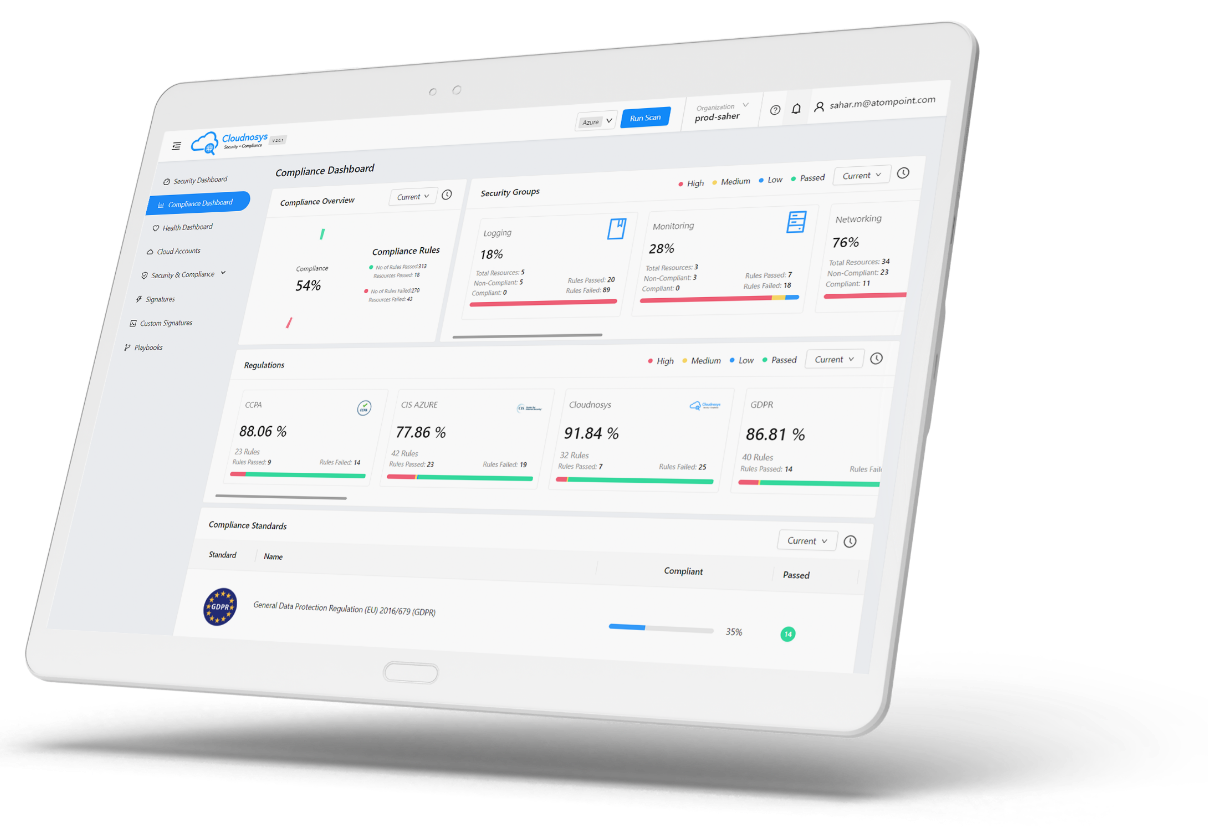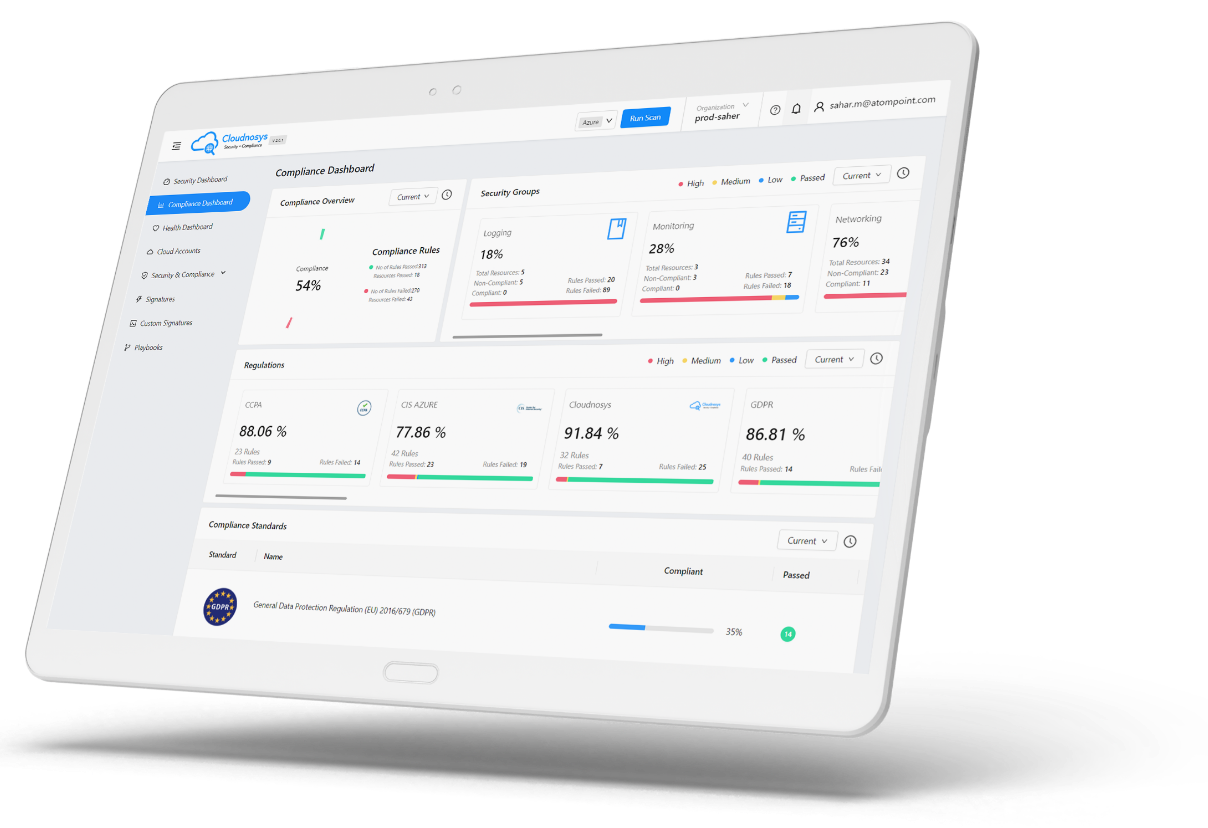In today’s interconnected world, the digital landscape is rife with potential vulnerabilities that cyber attackers can exploit. “Vulnerability remediation” is a crucial aspect of cybersecurity, encompassing the process of identifying and mitigating weaknesses or security loopholes in computer systems, software, or networks. This article delves into the world of vulnerability remediation, highlighting its importance, techniques, and best practices.
What is Vulnerability Remediation?
Understanding Vulnerabilities
Vulnerabilities are weaknesses or flaws in software, hardware, or network configurations that can be exploited by malicious actors to gain unauthorized access or disrupt operations.
Importance of Remediation
Vulnerability remediation involves addressing these weaknesses proactively to enhance cybersecurity and protect sensitive data.
The Impact of Unaddressed Vulnerabilities
Consequences of Ignoring Vulnerabilities
Failure to remediate vulnerabilities can lead to severe consequences, including data breaches, financial losses, and reputational damage.
Real-Life Examples
Several high-profile cyber incidents have demonstrated the catastrophic impact of unaddressed vulnerabilities.
Strategies for Vulnerability Remediation
Vulnerability Scanning
Automated vulnerability scanning tools assess systems for weaknesses, helping identify potential threats.
Patch Management
Regularly updating software with security patches is vital to address known vulnerabilities.
Secure Software Development
Incorporating security measures during the software development life cycle can prevent vulnerabilities from surfacing in the first place.
Penetration Testing
Penetration testing involves simulated cyber-attacks to identify vulnerabilities and assess the resilience of the system.
Best Practices for Vulnerability Remediation
Establishing a Vulnerability Management Program
Implementing a comprehensive vulnerability management program ensures systematic identification and remediation of weaknesses.
Prioritizing Vulnerabilities
Not all vulnerabilities pose the same level of risk, so prioritizing remediation efforts is essential.
Collaboration and Communication
Effective communication and collaboration among IT teams are crucial for swift and coordinated vulnerability remediation.
Continuous Monitoring and Assessment
Vulnerability management should be an ongoing process, continuously evaluating and addressing emerging threats.
The Role of Automation
Advantages of Automated Remediation
Automated vulnerability remediation can accelerate response times and reduce human error.
Limitations and Human Oversight
While automation is valuable, human oversight remains vital for critical decision-making and complex scenarios.
Training and Awareness
Empowering Employees to Identify Vulnerabilities
Training employees on recognizing and reporting potential vulnerabilities strengthens the organization’s defense.
Encouraging Responsible Disclosure
Establishing channels for responsible disclosure encourages ethical hackers to report vulnerabilities without exploitation.
Security Awareness Programs
Regular security awareness programs keep employees informed about evolving threats and best practices.
Measuring Vulnerability Remediation Success
Key Metrics to Track
Metrics such as vulnerability closure rate, time to remediation, and incident response time indicate the effectiveness of the remediation process.
Continuous Improvement
Learning from past incidents and continuously improving the vulnerability remediation process is vital for staying ahead of emerging threats.
Benchmarking against Industry Standards
Comparing vulnerability remediation practices against industry benchmarks helps identify areas for improvement.
Challenges in Vulnerability Remediation
Overcoming Resource Constraints
Resource limitations can hinder vulnerability remediation efforts, requiring organizations to prioritize effectively.
Dealing with Complex Systems
Complex systems may have numerous interconnected vulnerabilities, making remediation more challenging.
Balancing Speed and Thoroughness
Rapid remediation is essential, but careful consideration is required to ensure thorough vulnerability resolution.
Vulnerability Remediation Trend
AI and Machine Learning in Remediation
AI-powered systems can identify and remediate vulnerabilities at scale, making remediation more efficient.
Zero-Day Vulnerabilities
Proactive defense against zero-day vulnerabilities is critical as they pose high-risk threats.
Bug Bounty Programs
Bug bounty programs incentivize ethical hackers to identify and report vulnerabilities, enhancing overall security.
FAQs
Question.1 What is the Difference Between a Vulnerability and a Threat?
A vulnerability refers to a weakness or flaw, while a threat is a potential danger or harm posed by exploiting that vulnerability.
Question. 2 Can Vulnerability Remediation Guarantee 100% Security?
While vulnerability remediation enhances security, it cannot guarantee complete protection against all threats.
Question. 3 How Often Should Vulnerability Scanning be Conducted?
Regular vulnerability scanning, typically conducted weekly or monthly, ensures timely identification of weaknesses.
Question. 4 Is Vulnerability Remediation a One-Time Process?
No, vulnerability remediation is an ongoing and iterative process to address emerging threats.
Question. 5 Can Automation Replace Manual Remediation?
Automation complements manual efforts but cannot replace the need for human expertise in complex situations.
Question. 6 What Should be the Focus of a Vulnerability Management Program?
A vulnerability management program should prioritize identifying, assessing, and remedying vulnerabilities based on their risk level.

Conclusion
Vulnerability remediation is a critical pillar of cybersecurity, safeguarding digital assets from potential threats and data breaches. By implementing effective strategies, embracing automation, and promoting security awareness, organizations can enhance their resilience against evolving cyber threats. Prioritizing vulnerability remediation as an ongoing process will fortify the digital defenses of businesses.


































